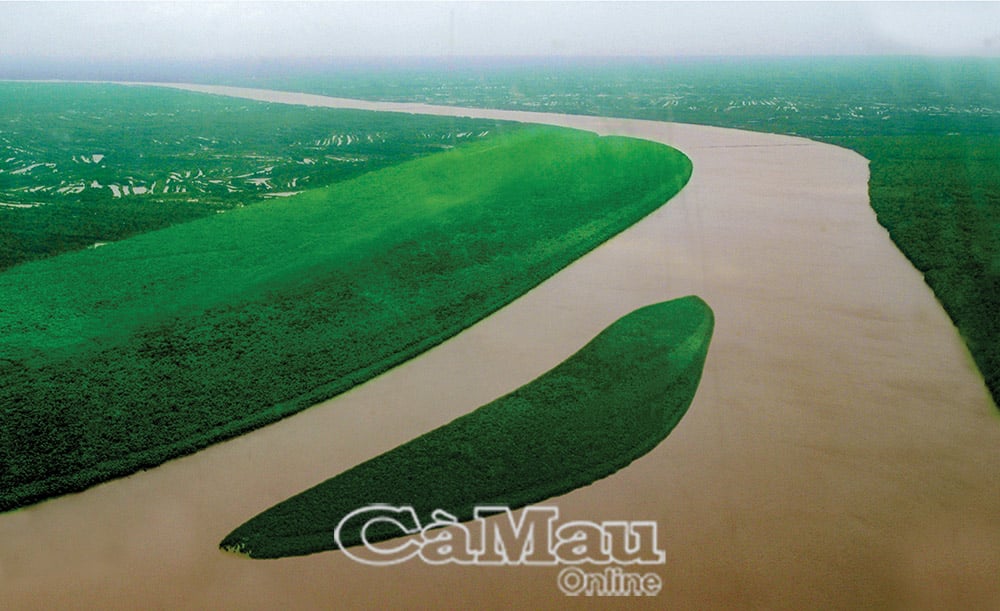
Ca Mau is a vast river country. Photo: THANH DUNG
Not the brackish, salty water with the acrid smell of alluvium. Not the muddy water that flows quickly through canals and streams. The water that the people of Ca Mau are searching for is fresh water - water to drink, to live, to sustain life on this salty land.
The afternoon shadow slanted over the roof of Mr. Sau Thuong’s house (Le Van Thuong) in Khanh An commune, U Minh Ha region. The small pond in front of the porch shimmered in the late afternoon sunlight, as smooth as an old mirror marked by time. Mr. Sau Thuong looked out at the pond and recalled: “My wife and I have been attached to this pond for decades. Back then, the pond not only raised fish but also nurtured life. When we were thirsty, we went down to the pond to scoop up water, and when we had alum and salt, we filtered it through a jar and that was it. During the dry season, there was a lack of water, which was very difficult.”
Mrs. Nguyen Thi Phu, Mr. Sau Thuong's wife, was bending over washing vegetables in a cracked earthenware jar. She continued: "We were very poor back then. When we moved out, our parents gave us a few ponds, jars, and a palanquin to store rainwater. The enameled, earthen palanquins, brought from the province, cost as much as several bushels of rice. Any family that had many palanquins was considered to have enough food and clothing."
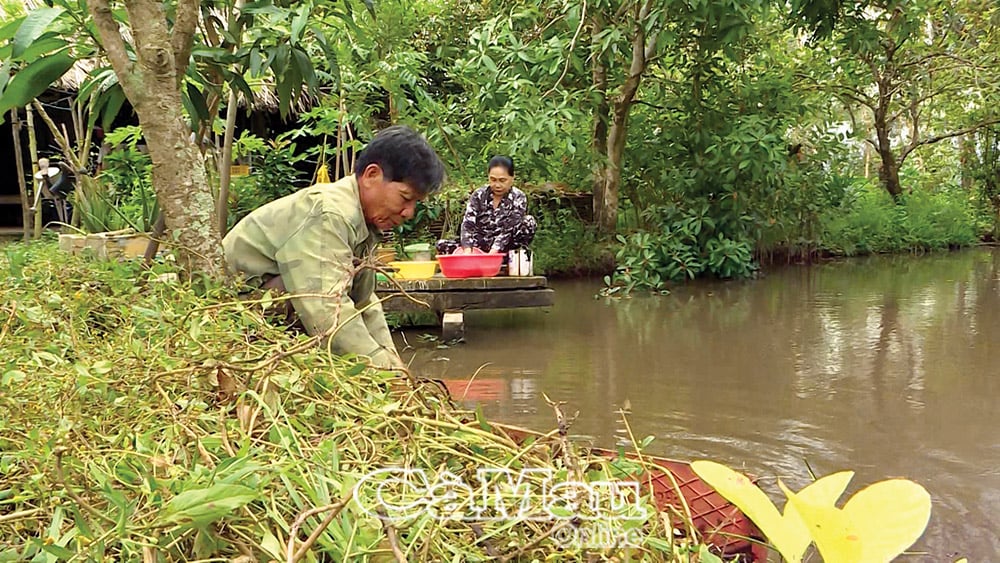
Mr. Sau Thuong and his wife.
Back then, the most valuable thing in this U Minh Ha region was not gold or silver, but... drops of fresh water.
Ca Mau is surrounded by the sea on three sides. The sea feeds fish, shrimp, and mangrove and cajuput forests. But it is also the salty seawater that seeps into the soil, eating deep into every underground aquifer, forcing people to drill hundreds of meters deep to find fresh water.
***
Before 1975, only Ca Mau town had the Water Supply Department to take care of fresh water for people in the market. As for people in the countryside, they depended on the sky. When the sky was kind, it rained; when the sky was angry, it caused drought and dryness. Every drop of rainwater collected was a gift from the earth and sky. The jars and ponds supported life.
Peace was restored. Rice fields replaced the primeval forests. Ponds gradually dried up. Pesticides and chemical fertilizers seeped into every stream of surface water. The people of Ca Mau continued to struggle to find fresh water. And then, the “water tree” appeared like a miracle to relieve their endless thirst.
Talking about water pumps, Mr. Tran Tan Thanh, Center for Clean Water and Rural Environmental Sanitation of Ca Mau province, turned to his memories: “The UNICEF-sponsored program, we deployed throughout the rural areas. From 1999-2009, more than 140 thousand water pumps were built, drawing hundreds of thousands of cubic meters of water from the ground every day. Everyone was happy. Fresh water from the ground seemed to flow endlessly.”
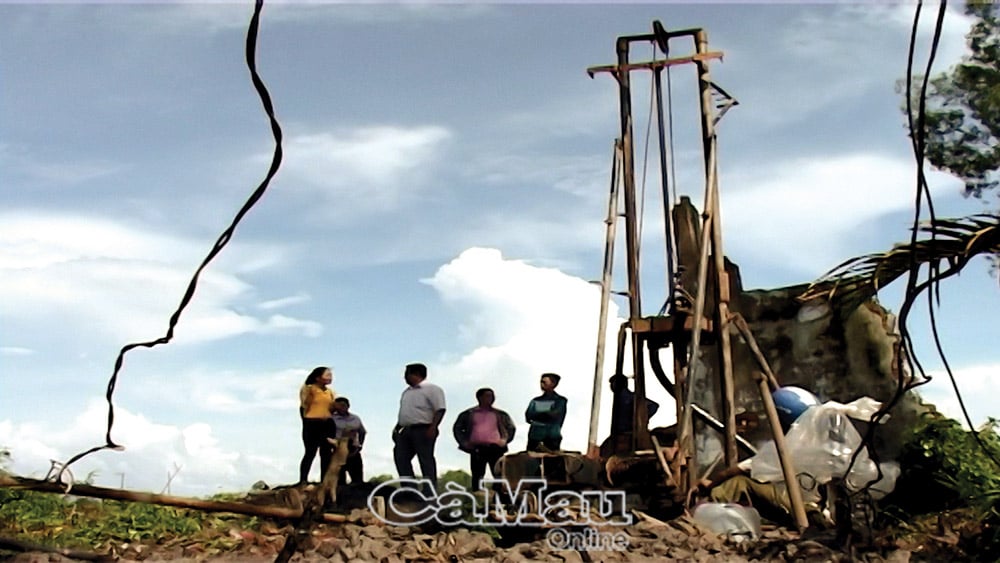
Drilling wells to exploit groundwater in Ca Mau.
Looking out at the distant fields, where underground water flows below, Mr. Thanh recalls: “Back then, people were as happy as if they were celebrating a festival. Any house with a water pump had less worries and less hardships; children no longer had to carry cans to collect every drop of rainwater, and the elderly no longer had to bend over to scoop up buckets of salty alum water from ponds.”
The water pump quickly became the “salvation” of the entire “salty land and sour fields” region. Many families pooled their money, even borrowed money, just to have a well drilled right in their yard. The water pump drilling business therefore prospered, becoming a “trendy profession” in this vast land of rivers.
Over time, well drilling became a family business, people bought tools, and every family built drilling rigs. As long as they had money, they would drill as deep as they wanted. Mr. Lam Minh Dil (Khanh Lam commune), a veteran driller, said: "In the past, drilling just a hundred meters would bring fresh water. I drilled like it was a daily meal, sometimes even working through the night. People who do the drilling job do not just earn money, but are also considered saviors. Because when a family is thirsty, they call us to come and drill, and after that they will have drinking water, water for daily use, and the people are very happy."
Hundreds, then thousands of wells sprang up like mushrooms after the rain. People believed that the earth was vast and had an endless supply of underground water, and that no matter how much was taken, it would never run out.
Mr. Thanh pondered, his voice dropping: “At that time, no one thought about the consequences. Just having fresh water was enough to make us happy. But now looking back, the water level has dropped so much that in many places we have to drill 200 meters, 300 meters to find water. The ground is not an endless reservoir.”
The widespread drilling of wells has brought about consequences. The current situation in Dat Mui commune is a clear lesson. 20 years ago, every household here drilled their own wells, but after a while, the water was not guaranteed and was salty. 10 years later, the government drilled wells to connect to the internet, but it was still the same, the water gradually dried up and could not be pumped. Now we have to abandon them all and invest in a new clean water supply system.
Mr. Tran Van Be, a resident of Dat Mui commune, lamented: “The groundwater level is getting lower and lower. 20 years ago, we could drill a hundred meters and find fresh water. 20 years later, the depth has doubled, people have to pump water with motors instead of hand pumps like before, and even with motor pumps it is not enough, so the government has to invest in a water supply system so that people can have clean water to use.”
Not only in Dat Mui, according to statistics from the Department of Agriculture and Environment, the whole province currently has more than 3,000 drilled wells that cannot produce water. "Now, drilling 200 meters is not sure to produce fresh water. The water level has dropped so much that you have to use a motor to pump water. The old abandoned wells are all full," said Mr. Nguyen Thanh Man, Nguyen Phich commune.
In Bien Bach commune, more than 1,400 households on both sides of the Trem River are constantly thirsty. Every drilling team that comes here is helpless. The deeper they drill, the more alum and salty the water becomes. People have to return to the old way of storing rainwater in jars and ponds. But the rainwater is only enough to last for a couple of months in the dry season, then they have to buy every drop of water from elsewhere.
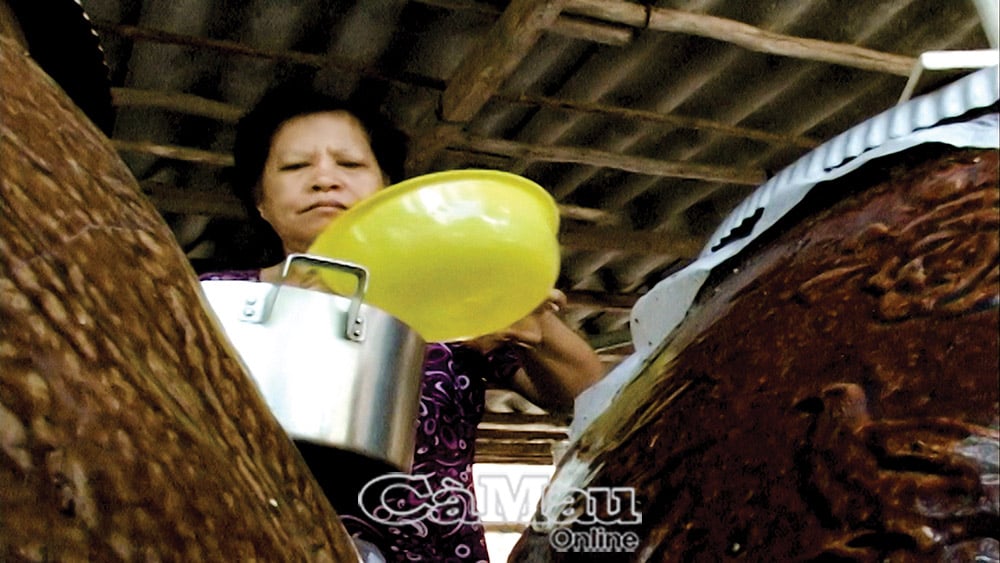
The White Sea is thirsty.
Simple people believe that the more it rains, the more water will be stored underground, but scientific research has shown that the reality is not that simple. The project “Strengthening groundwater protection in Vietnam”, implemented by the Ministry of Natural Resources and Environment of Vietnam (now the Ministry of Agriculture and Environment ) and the Institute of Geosciences and Natural Resources of the Federal Republic of Germany, has shown the seriousness of the problem.
Mr. Andreas Renck, Head of the German expert team, emphasized: “The underground water source in Ca Mau dates back 20,000-24,000 years ago, when water from upstream flowed to this peninsula and gradually seeped into the ground. But now, the regeneration process is almost gone.”
Dr. Anke Steinel, a hydrogeologist, further explained: “The surface of Ca Mau has a very thick layer of clay. Rainwater has difficulty penetrating, only flowing through canals and ditches to the sea. Therefore, groundwater is almost an irrecoverable asset.”
Yet every day, the ground is still drained by more than 200,000 large and small wells. According to statistics from the Department of Agriculture and Environment, every day people exploit more than a million cubic meters of groundwater.
Ms. Duong Thi Ngoc Tuyen, Head of the Department of Water Resources Management and Environmental Monitoring, worried: "If we continue to exploit beyond the threshold, the static water level will drop below 35 m and we will no longer be able to pump. At that time, subsidence and landslides will become more serious."
Dr. Anke Steinel commented: "If we continue to exploit like this, one day in the not too distant future, the groundwater will run out."
Statistics from the Department of Agriculture and Environment clearly state: “In just 5 years (2019-2024), Ca Mau has had more than 2,000 landslides and subsidence points, submerging 25,000 m2 of riverside land, collapsing 500 houses, and damaging more than 200 km of roads”. Ca Mau’s land, which used to be peaceful, is now cracking every day.
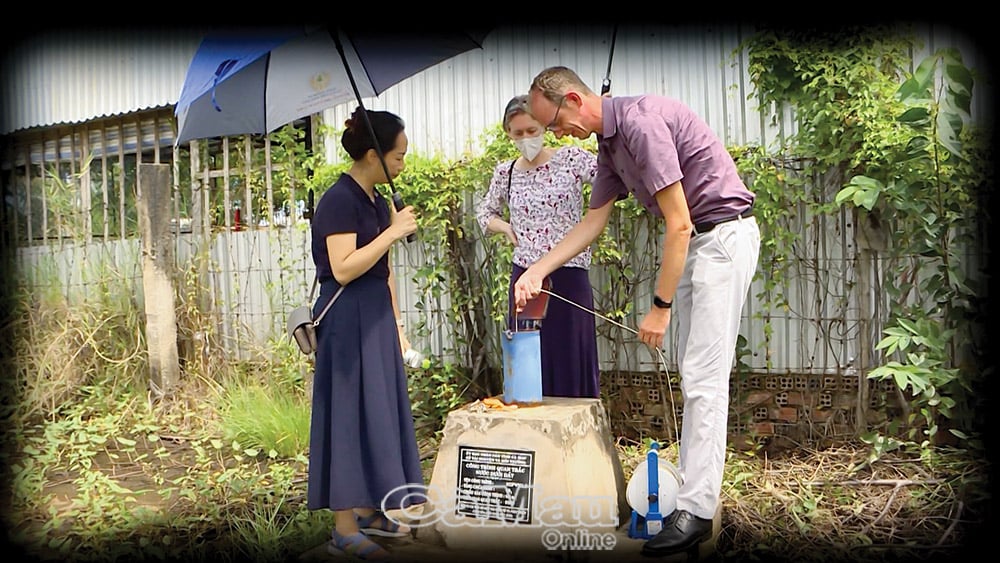
Several research projects on groundwater exploitation and protection have been implemented in Ca Mau province.
***
Late in the afternoon, I returned to Mr. Sau Thuong's house. The small pond quietly reflected the sunset. Mr. Sau Thuong was still sitting there, his eyes distant: "I'm old, I don't care about myself anymore. I only worry that tomorrow my children will be thirsty, and this land will no longer be there to live on."
Out there, the drilling rigs continue their journey, the drill bits still digging deeper into the mother earth. The water pumps are being drilled deeper and deeper. But somewhere, a warning has sounded from the land, from the water, from the cracking nature itself...
Nguyen Hoang Le
Source: https://baocamau.vn/chuyen-tim-nuoc-a116511.html





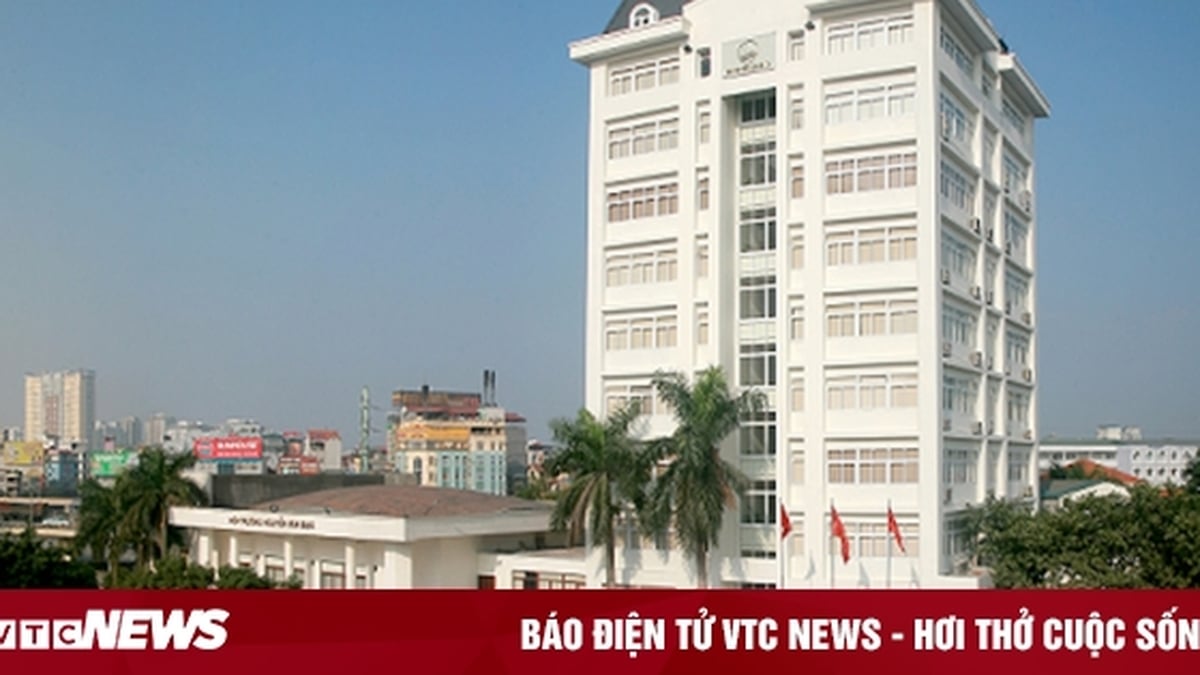
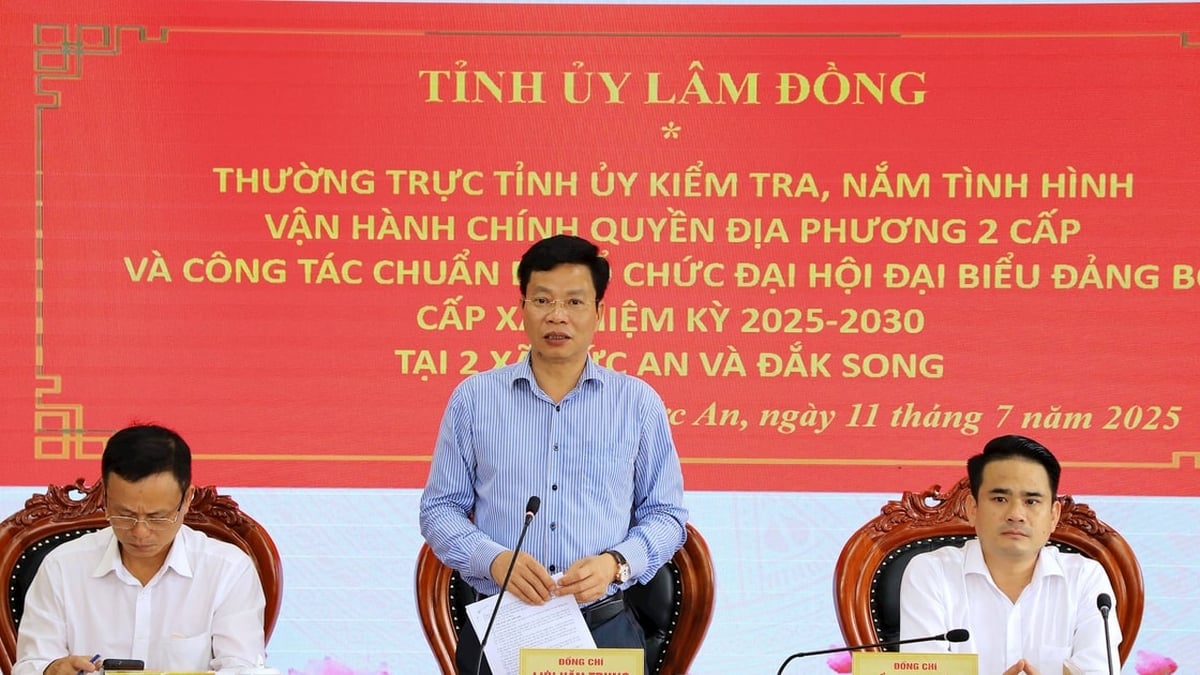
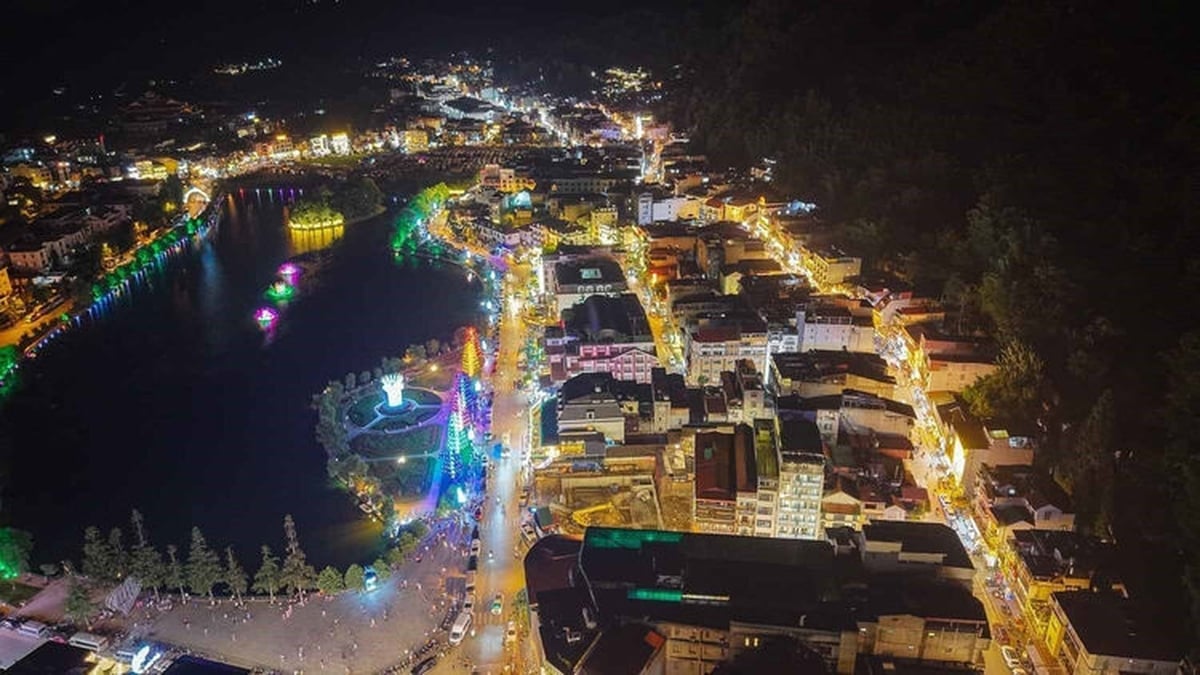
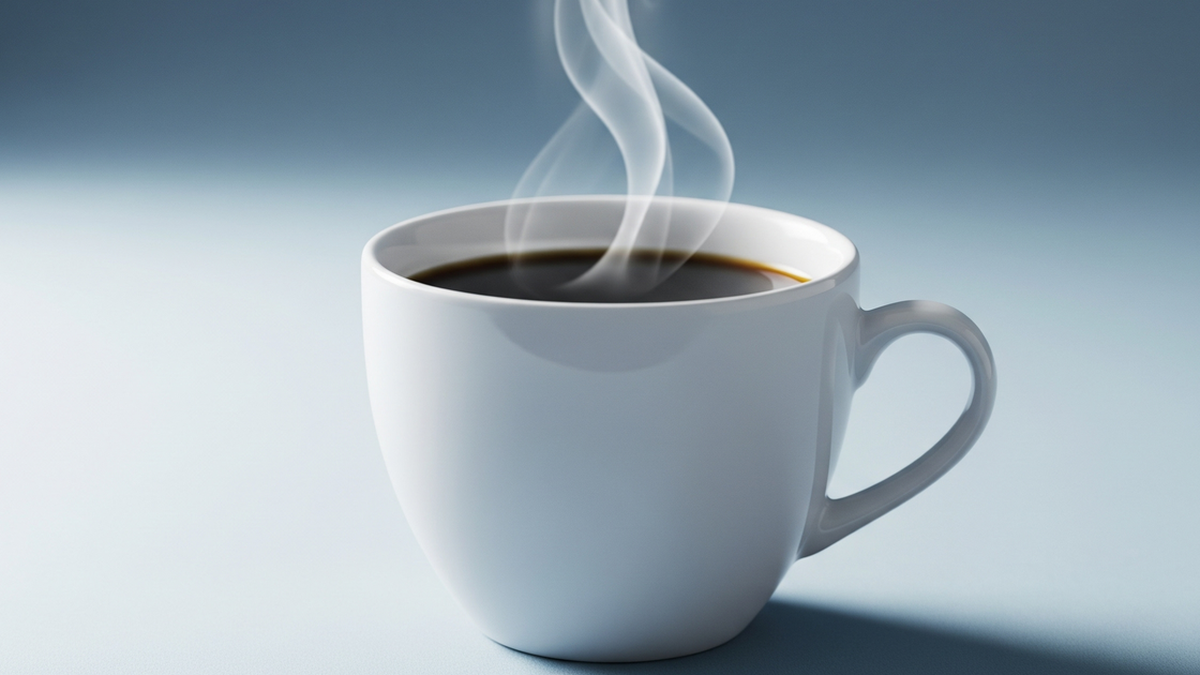
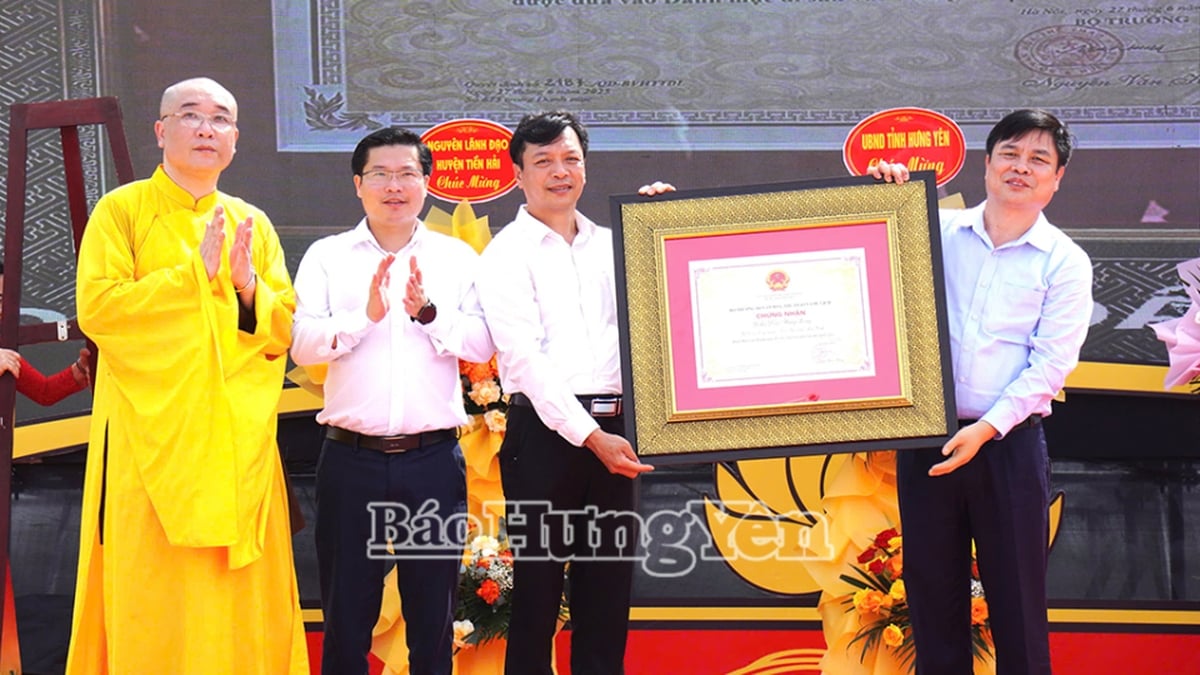
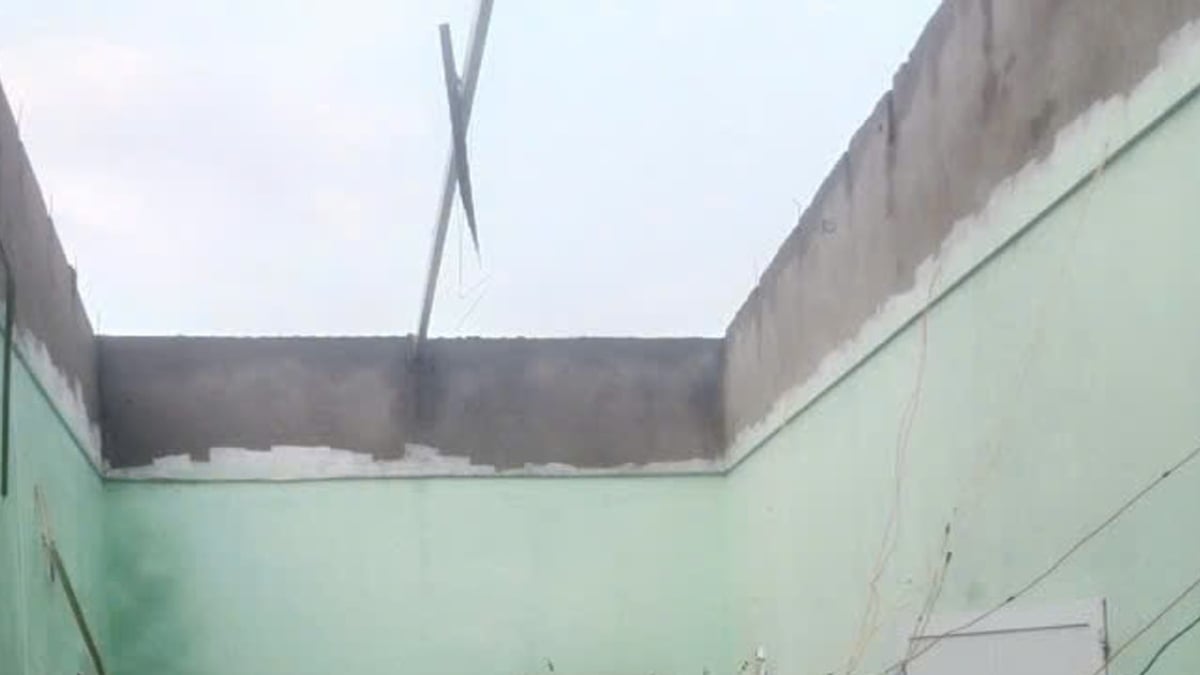
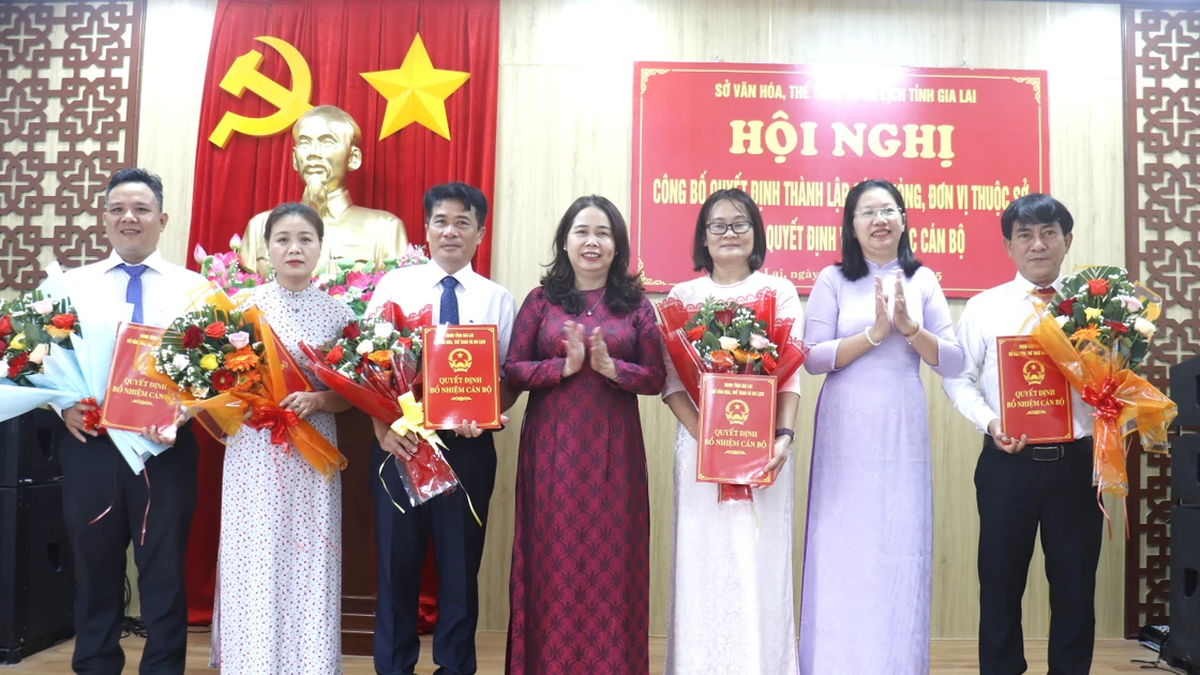















![[Photo] Gia Lai provincial leaders offer flowers at Uncle Ho's Monument with the ethnic groups of the Central Highlands](https://vphoto.vietnam.vn/thumb/1200x675/vietnam/resource/IMAGE/2025/7/9/196438801da24b3cb6158d0501984818)






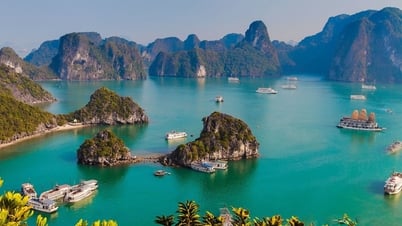

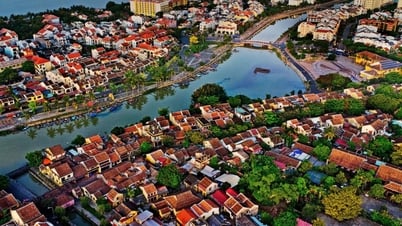



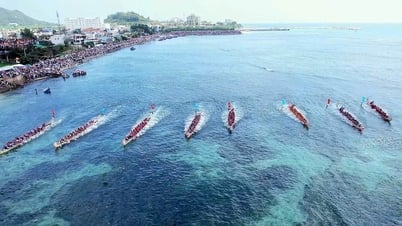

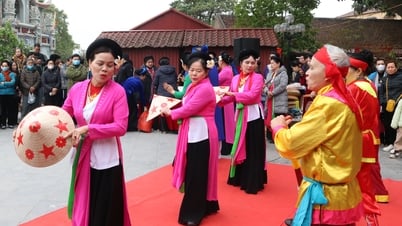






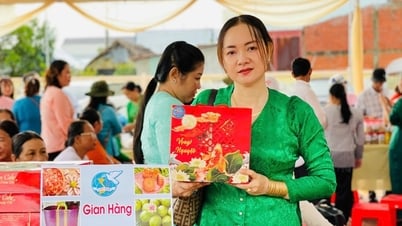














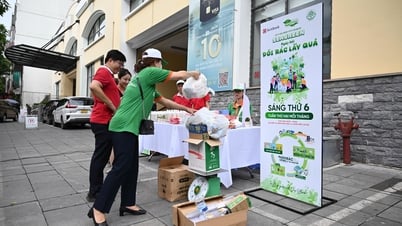
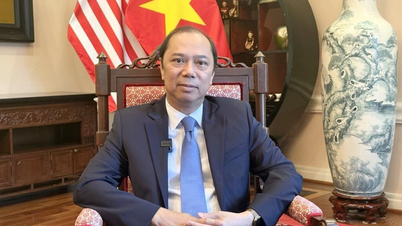







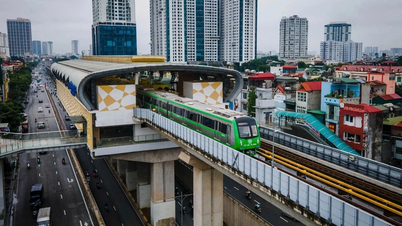

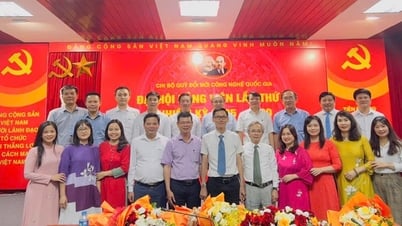



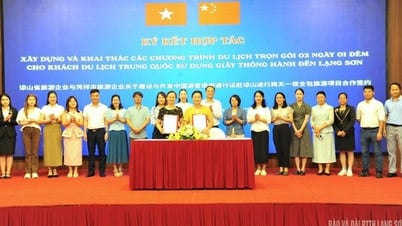













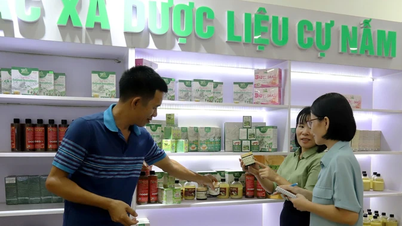
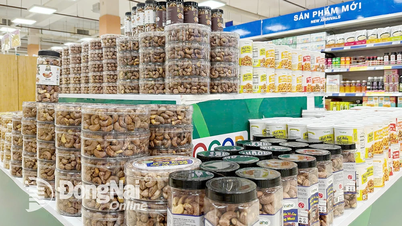
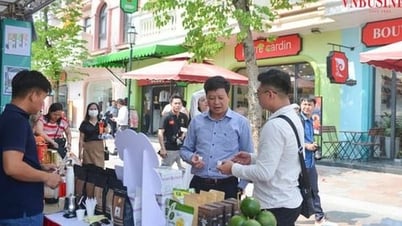






Comment (0)